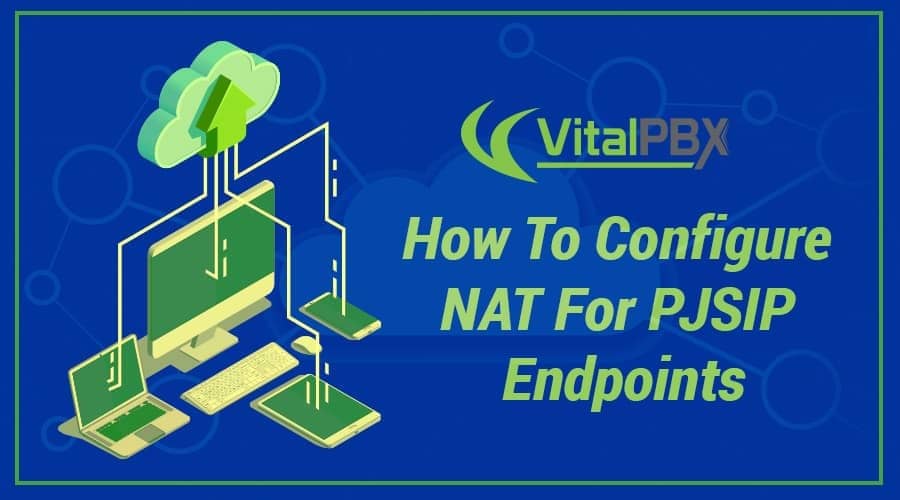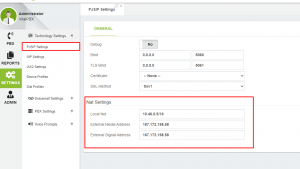
Exciting Product Updates to Enhance Your Communication Systems: 4.1.0 R2
We’re thrilled to share a series of updates and improvements we’ve rolled out to ensure that your experience with our communication solutions is not only
VitalPBX One is the all-in-one solution designed to improve your business's collaboration and communication to new levels
Ideal for any size and type of business.
Get features that cover all your call center needs
Manage multiple PBX's on the same server
Experience a fully featured Switchboard, Recording Manager, Call Center Statistics, Call Account, and Call Center Dialer, system,
The add-ons module allows you to install new modules in order to expand the PBX capabilities and add new features.
Communicate anywhere with VitXi, our full WebRTC client exclusively for your VitalPBX installation.
With VitalPBX Connect, you can make and receive business calls on your smartphone.
An advanced windows softphone for call center which integrates presence, chat, video call, BLF, and much more.
We can help with everything from implementation assistance to upgrades and production down emergencies.

chan _pjsip is no more NAT aware than chan_sip in terms of nat=*. It simply breaks the sub-options of nat= into fully-fledged options, so that nat=comedia becomes rtp_symmetric=yes and nat=force_rport becomes force_rport=yes. The common incantation of nat=force_rport, comedia is equivalent to specifying both options.
Read more tutorials and guides on how to implement new tools and technologies for your business with VitalPBX.
With PJSIP, we need to configure NAT settings in two places, first, we need to add our public and local network on the PJSIP Settings module, as shown in the next image:

Finally, we need to edit the default PJSIP profile to enabled the following parameters: Force rport, RTP Symmetric, and Rewrite Contact. Check the picture below:
But, What these parameters mean? Well, here are the definitions of those parameters:
And that’s it, with these easy steps, we have enabled NAT using PJSIP. Learn more about VitalPBX, our services and how we can help you achieve your goals in our official website.

We’re thrilled to share a series of updates and improvements we’ve rolled out to ensure that your experience with our communication solutions is not only

The VitalPBX team is thrilled to announce the rollout of VitalPBX 4.1 R1, a significant update that brings cutting-edge features and improvements to your communication

PBX System Recognized for Industry Innovation Miami, Florida, 02/27/24 — VitalPBX announced today that TMC, a global, integrated media company, has named VitalPBX Unified Communications

VitalPBX provides a robust and scalable platform, which will allow you to manage your PBX in an easy and intuitive way.